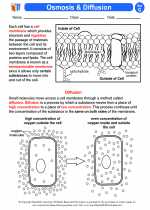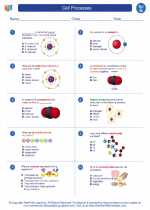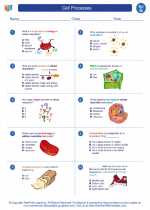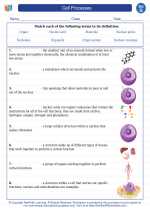Spectrometers
A spectrometer is a scientific instrument used to analyze the properties of light. It measures the intensity of light as a function of its wavelength or frequency. Spectrometers are widely used in various scientific fields, including chemistry, physics, astronomy, and environmental science.
Types of Spectrometers
There are several types of spectrometers, each designed for specific applications:
- Optical Spectrometer: This type of spectrometer uses lenses or gratings to separate light into its different wavelengths, allowing for the analysis of visible, ultraviolet, and infrared light.
- X-ray Spectrometer: X-ray spectrometers are used to analyze the wavelengths of X-rays, which is valuable in materials science and analysis of crystal structures.
- Nuclear Magnetic Resonance (NMR) Spectrometer: NMR spectrometers are used to study the interaction of electromagnetic radiation with atomic nuclei, providing valuable insights into molecular structures.
- Mass Spectrometer: This type of spectrometer is used to measure the mass-to-charge ratio of ions, helping to identify and quantify the chemical compounds present in a sample.
How Spectrometers Work
Regardless of the type, spectrometers generally operate on the principle of dispersion, where light is separated into its component wavelengths or frequencies. This can be achieved through diffraction gratings, prisms, or other optical components. The resulting spectrum is then detected and analyzed to provide valuable information about the sample being studied.
Applications of Spectrometers
Spectrometers have a wide range of applications, including:
- Identifying chemical compounds in a sample based on their unique spectral fingerprints.
- Studying the composition of distant stars and galaxies in astronomy.
- Monitoring air and water quality by analyzing the absorption and emission spectra of pollutants.
- Characterizing the electronic properties of materials in condensed matter physics.
- Understanding the structure and behavior of biological molecules in biochemistry.
Study Guide
When studying spectrometers, it is important to understand the following key concepts:
- The basic principles of dispersion and how different types of spectrometers achieve this.
- How spectral analysis can be used to identify and characterize chemical compounds.
- The specific applications of spectrometers in different scientific disciplines.
- The limitations and potential sources of error in spectrometric measurements.
Additionally, familiarizing yourself with the operation and components of a spectrometer, as well as interpreting spectral data, will be crucial for a comprehensive understanding of this topic.
.◂Science Worksheets and Study Guides Seventh Grade. Cell Processes

 Activity Lesson
Activity Lesson
 Worksheet/Answer key
Worksheet/Answer key
 Worksheet/Answer key
Worksheet/Answer key
 Worksheet/Answer key
Worksheet/Answer key
 Worksheet/Answer key
Worksheet/Answer key
 Vocabulary/Answer key
Vocabulary/Answer key
 Vocabulary/Answer key
Vocabulary/Answer key
 Vocabulary/Answer key
Vocabulary/Answer key
 Vocabulary/Answer key
Vocabulary/Answer key
 Vocabulary/Answer key
Vocabulary/Answer key
 Vocabulary/Answer key
Vocabulary/Answer key
 Vocabulary/Answer key
Vocabulary/Answer key
